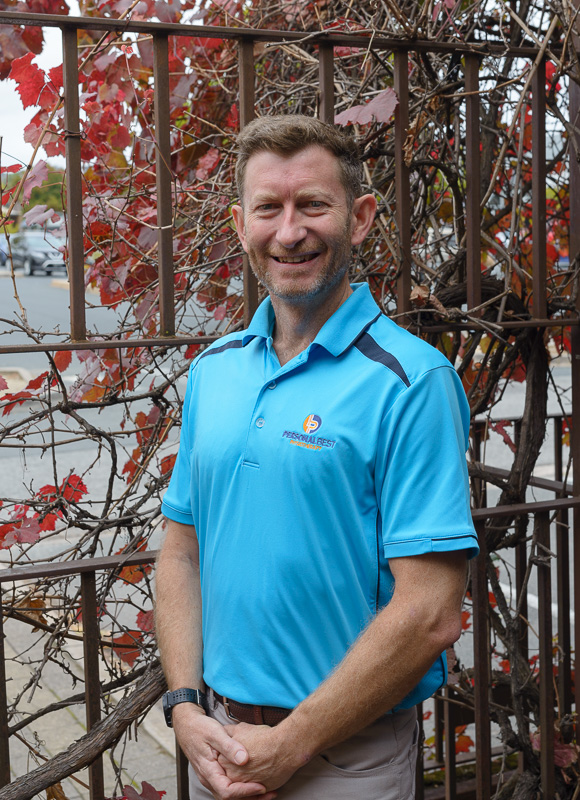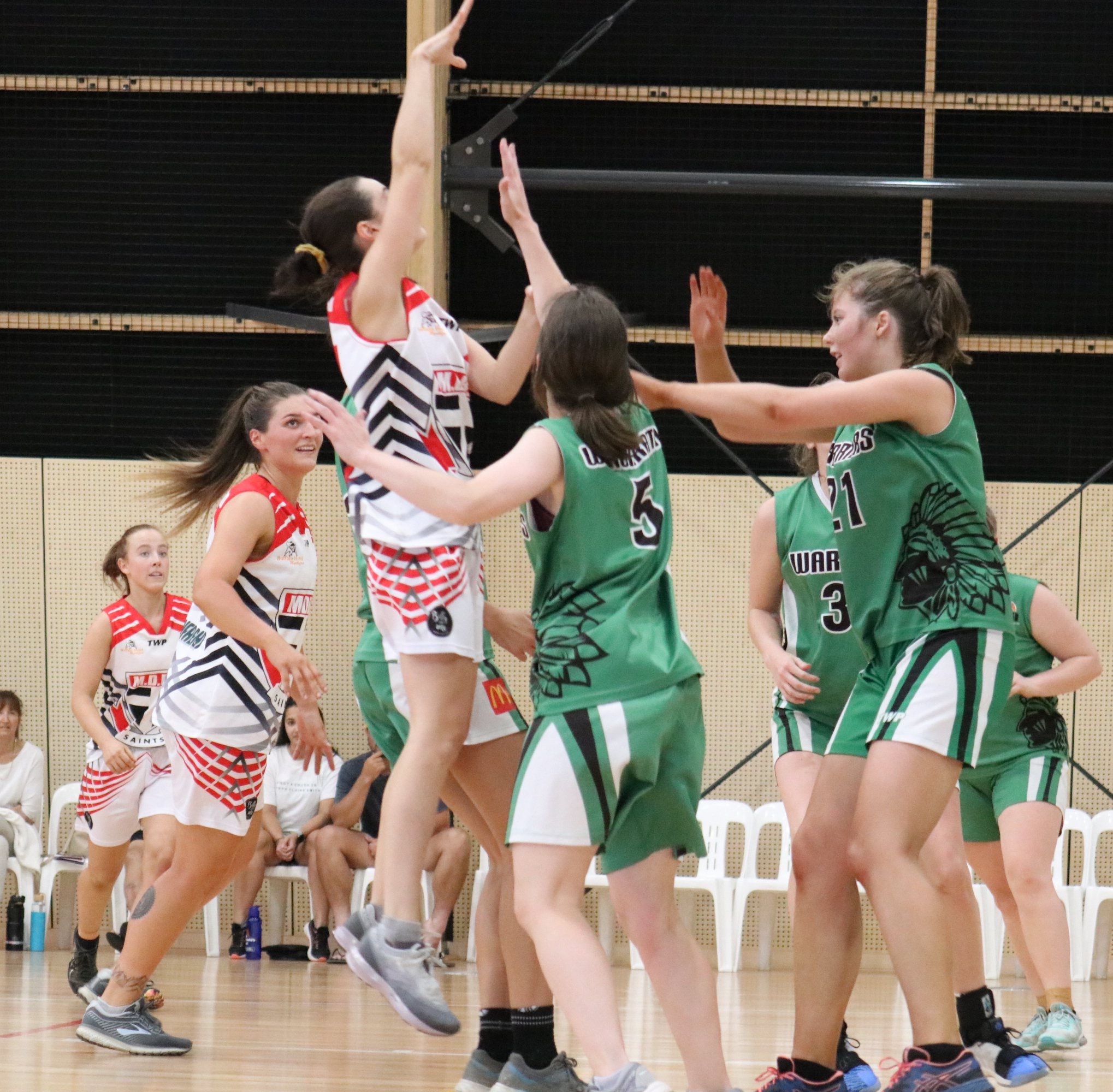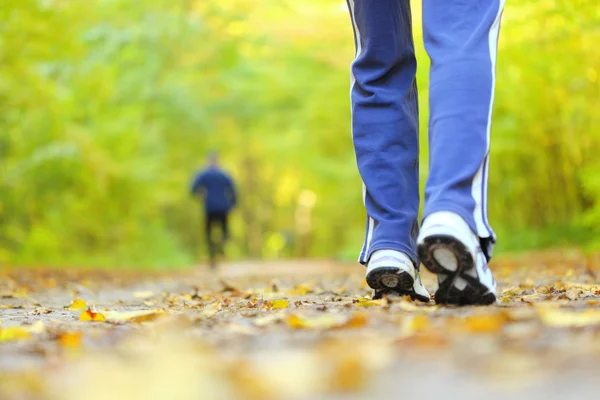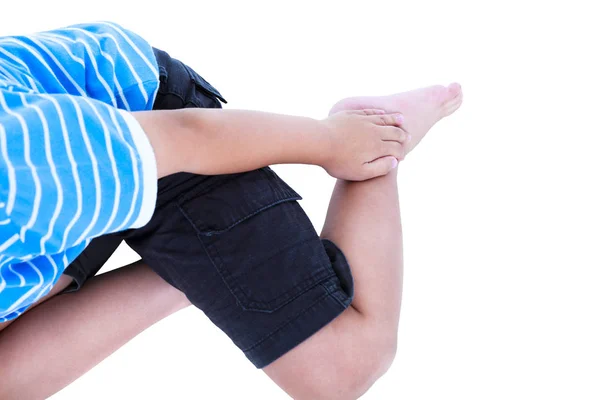Listening carefully to our patients is an essential skill in helping them reduce pain, restore strength and return to normal activities. As I listen to what our patients say in the clinic, a recurring theme emerges: “Don’t get old.” Whether this is said tongue-in-cheek or in a more regretful tone, it is a message that you, our patients, keep telling us – so I have decided to write about the business of getting old!
Whilst we can see wrinkles and creases in our skin as visible signs of ageing, it’s not as easy to tell what is happening to our muscles, tendons, joints and bones as we get older. In this article I am going to focus on muscles and tendons.
The main effect of ageing on our muscles and tendons is a reduction in strength associated with a decrease in the cross-sectional area of muscle or tendon. Remember our tendons are the strong springs that connect our muscles to bones and transform the energy of muscle contraction into movement. As well as losing cross sectional area or thickness in our muscles and tendons they also develop “wrinkles and creases” much like our skin. The Achilles tendon of my 10 year old son, Jonah, will be very regular, tight and fibrous in appearance when viewed under a microscope or ultrasound. My 41 year old Achilles tendon will show “wrinkles and creases” developing within the tendon. . . .
These changes to our muscles and tendons predispose us to developing common injuries like rotator cuff tears in the shoulder, achilles pain with walking and running, and tennis elbow (even when you don’t play tennis!). This is why, when we are helping patients recover from these problems, we have a strong focus on restoring strength, fitness and function of the affected muscle or tendon – the right exercises serve as a stimulus for healing and recovery.
Once you have returned to your normal activities after injury, how do you stop the problem returning? The Australian Physical Activity and Sedentary behaviour guidelines recommend that adults do muscle strengthening exercises at least two days per week – so if you are continuing to do your exercises from your last physio visit at least 2 days a week, well done! If not, now is a great time to re-start. . .
The overall effect of ageing on our muscles and tendons is a loss of strength, but the upside is this can be reversed by doing the right exercises, in the right dosage to help you stay active and strong for as long as possible – let us help you do just that!
In our next blog I will be delving into the topic of osteoarthritis – what it is, what physio can do to help and why I dislike doctors who say there is “nothing you can do” for osteoarthritis – stay tuned!
Nathan





